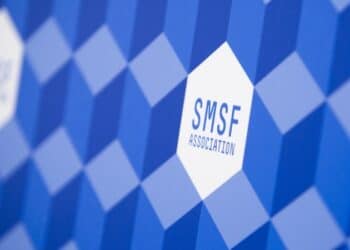In a recent webinar, Accurium’s SMSF technical service manager, Melanie Dunn, suggested that clients have got their documentation in place whenever they’re looking to claim ECPI when selling assets.
However, Ms Dunn warned that an eye should be kept out for deferred gains.
“They are what could make your life a little tricky. Remember, they’re not eligible for ECPI. They’re not eligible for further discounting and they will be recognised as taxable gains in the year of the CGT event,” she said.
“But what can you do? You can plan ahead. Think strategically around when you’re going to sell assets for a gain or a loss and interplay that with how your fund claims ECPI. So, maximise the exempt income outcome.”
Potential issues arising out of CGT relief provisions
Ms Dunn noted that the first question or comment an adviser might hear from their client is that they can’t find the relevant documentation from 2017.
In such cases, she said the first point of call should be the tax return and CGT schedule from the 2016–17 financial year, as it will give some really good clues as to whether the CGT relief was applied.
“The tax return will have ‘Yes’ at label 11G, identifying if you had any capital gains tax. The CGT schedule will identify any total deferred gains and also the other gains and losses recognised in the year,” Ms Dunn said.
“Indeed, if you look at Section 8 of the 16–17 CGT schedule, that’s where you’ll see that notional gain amount that was deferred.”
If an SMSF was claiming ECPI in 2016–17 using the unsegregated method, Ms Dunn said it’s also most likely that the were using the unsegregated method for CGT relief.
“That means the relevant CGT relief date would’ve been 30 June 2017. The assets that would’ve had the CGT relief apply would’ve had their cost base reset to the market value of assets at 30 June 2017,” she said.
“Under the unsegregated method, gains could have been deferred. If it looks like a gain was deferred but you can’t find a record of the amount and you might be able to identify which ones had a deferred gain, by looking at those totals versus the gains that were realised in 2016–17, then you’ll need to go back and use the 2016–17 actuarial exempt income proportion to work out the deferred gain on the asset.”
Further, if an SMSF had segregated assets and were solely supporting pensions at 9 November 2016, Ms Dunn said such funds may have been using the segregated method for CGT relief.
However, she warned that such cases are a bit trickier because the CGT relief date could’ve been any date between 9 November and 30 June throughout the 2016–17 year.
“What you’re looking for here is the time that the asset ceased the solely support pension, so maybe a commutation or accumulation balance was created with a contribution. That time that the asset ceased to be segregated is the date the CGT would’ve applied and the date where you would’ve worked out the market value as the new cost base,” Ms Dunn said.


